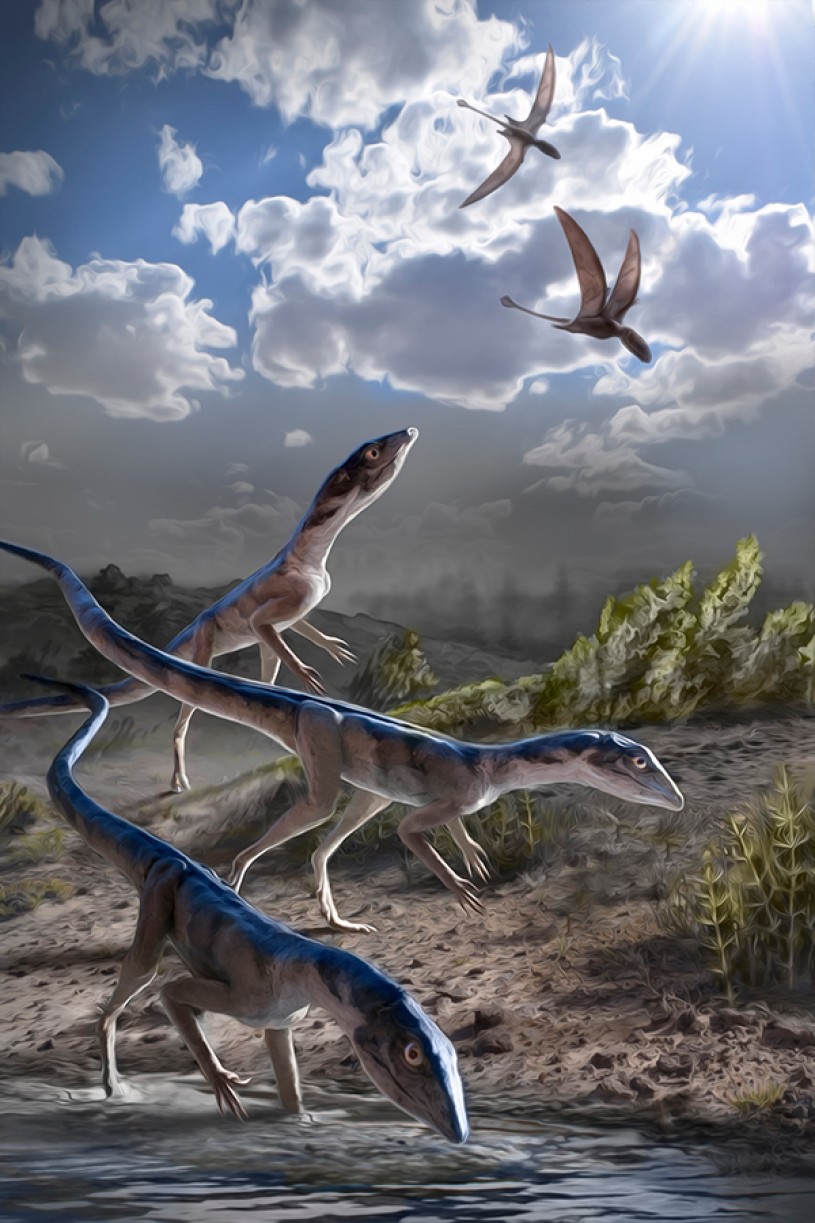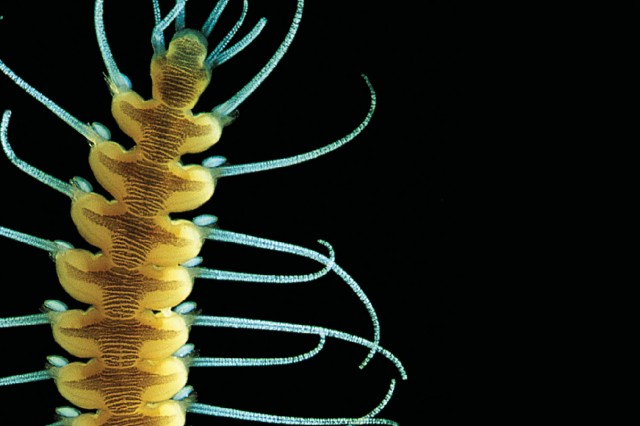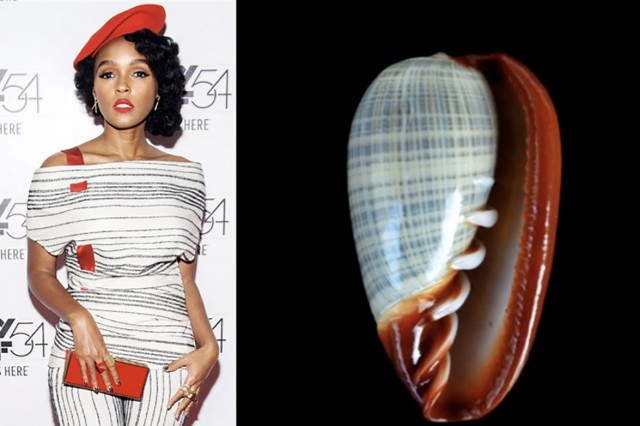
Pterosaurs' Evolutionary Flight Path
NHM paleontologists take a big step in solving the mystery of pterosaurs' natural history

Since the first pterosaur fossil was described in 1784, when and how these animals became the first vertebrates to achieve flapping flight has remained a mystery, but with a recent paper published in Nature, NHM's Dinosaur Institute Associate Curator, Dr. Nathan Smith, and an international team of researchers have the beginnings of a solution.
Previously thought to be more closely related to dinosaurs, the small, wingless reptiles called lagerpetids from the Late Triassic (about 237 to 201 million years ago) have been identified by Dr. Smith and his colleagues as the closest relatives to pterosaurs.
Paleontologists connected lagerpetids to pterosaurs partly through the inner ear! CT scans let scientists get a closer look at lagerpetids' skulls, and the curly shape of their inner ears suggests they were developing a level of agility that could lead to the skies.
Some of the key fossils, like Dromomeron, were unearthed at Ghost Ranch's Hayden Quarry, an NHM field site that has produced tens of thousands of fossils from two dozen different species of animals, helping researchers shed light on the world of the Triassic when pterosaurs first took flight.
Dig deeper into the story below!







